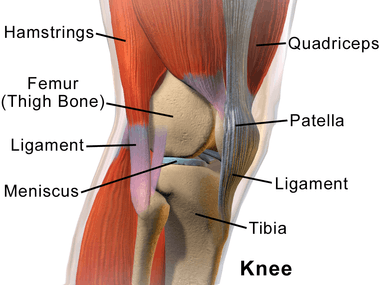Clarke's test
In medicine, Clarke's test is a component of knee examination which may be used to test for patellofemoral pain syndrome, or anterior knee pain. It is not a standard part of the knee examination but is used to diagnose anterior knee pain where the history indicates this as the likely pathology. The patient is asked to actively contract the quadriceps muscle while the examiner's hand exerts pressure on the superior pole of the patella, so trying to prevent the proximal movement of the patella. While it can produce some discomfort even in normal people, the reproduction of the symptoms suggest pain of patello-femoral origin.[1]
| Clarke's test | |
|---|---|
| Medical diagnostics | |
 | |
| Purpose | test for patellofemoral pain syndrome, |
Evidence for the validity Clarke's test is limited and some sources claim the test is not clinically useful,[2][3] however it remains prevalent in clinical practice.
References
- Porter S. "Tidy's Physiotherapy15: Tidy's Physiotherapy". Elsevier 2013.
- Doberstein, S.; Romeyn, R.; Reineke, D. (2008). "The Diagnostic Value of the Clarke Sign in Assessing Chondromalacia Patella". J Athl Train. 43 (2): 190–6. doi:10.4085/1062-6050-43.2.190. PMC 2267328. PMID 18345345.
- Nijs, J.; Van Geel, C.; Van der Auwera, C. (2006). "Diagnostic value of five clinical tests in patellofemoral pain syndrome". Manual Therapy. 11 (1): 69–77. doi:10.1016/j.math.2005.04.002. PMID 15950517.